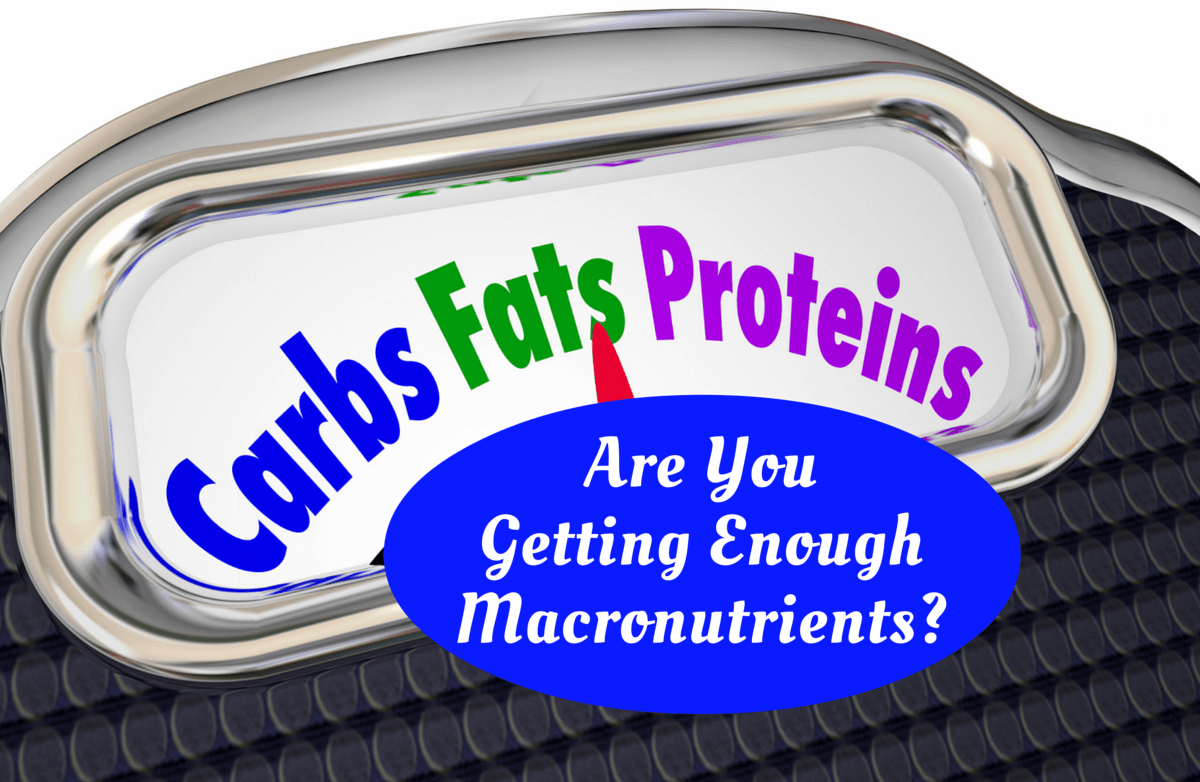By CD318156,
SparkPeople Blogger
3/24/2010
I can’t tell you how many times after I started my own healthy living journey I would step on the scale and the minute the number was not what I expected my motivation began to falter. For me, the scale became the be-all-end-all to my success. However, having vowed that I would never diet again, I looked to other benchmarks to help me measure my success.
If you do not currently track these numbers, now may be the time to do so, especially when you are struggling to get those last few pounds off.
- Blood pressure Blood pressure is the amount of pressure against the artery walls. The systolic reading, or top number, is the amount of pressure within the arteries when the heart contracts in order to pump blood to the rest of the body. The diastolic reading, or bottom number, represents the relaxation phase. Both cardiovascular and strength training exercise has been shown to reduce one’s blood pressure. Here is a link to help those with high blood pressure learn how to integrate exercise into their lifestyle which will hopefully help bring those numbers down.
- Cholesterol levels By following a well-balanced diet and getting in at least 30 minutes of cardiovascular exercise at least four days a week, one may significantly lower his/her total blood cholesterol levels. Exercise has been shown to raise HDL, or good cholesterol, while lowering LDL or bad cholesterol, and triglycerides.
- Resting heart rate The heart is the most important muscle in the body, therefore when we make our heart stronger via exercise it does not have to work as hard. One sign of an increase in cardio-respiratory fitness is a drop in resting heart rate. To take your resting heart rate, count the number of beats for one minute upon awakening and before any movement. Take your measurement for at least 3 days and then take the average--this is your resting heart rate. For many endurance athletes, such as marathon runners or tri-athletes, when their resting heart rates begin to elevate over a period of time this could be a sign of overtraining.
- VO2max AKA maximal oxygen consumption responds quite quickly to cardiovascular exercise. VO2max is the highest amount of oxygen consumed during exercise. The higher the number the more cardio-respiratory fit you are. Performing both aerobic and anaerobic activity can increase/improve this number.
- Body composition For many active individuals body composition can be a better indicator of our fitness quest than the number on the scale. Because muscle tissue is a much firmer, denser tissue compared to fat tissue, you may not see any movement in the scale, but your clothes may become looser fitting.
- Waist to hip ratio The waist to hip ratio measures your fat distribution--in other words where you store your fat. Studies have shown that those individuals who carry a larger percentage of fat in the abdominal area are at a greater risk for developing diabetes and heart disease versus those who store their fat in the buttocks, hips and thighs. Here is a link to SparkPeople’s Waist to Hip Ratio Calculator. The lower this number the lower your risk for developing heart disease and/or diabetes.
- Blood Sugar With the rising rate of type II diabetes, many of us need to closely monitor our blood sugar (glucose) levels. Exercise has been shown to increase insulin sensitivity so that the glucose can be ushered into the cells and used for energy. Keeping our blood sugar levels within a normal range can help offset the risk of developing type II diabetes as well as cardio-vascular disease.
While these numbers won’t do much for how we look, they do have a tremendous impact on our health and how we feel. So the next time you step on the scale, remember that is just one number of many that we need to be mindful of.
Do you measure your progress by the scale only? Have you been monitoring your success by tracking other numbers? Have you seen these numbers go down as you reclaim your health?
|
|









.jpg)













